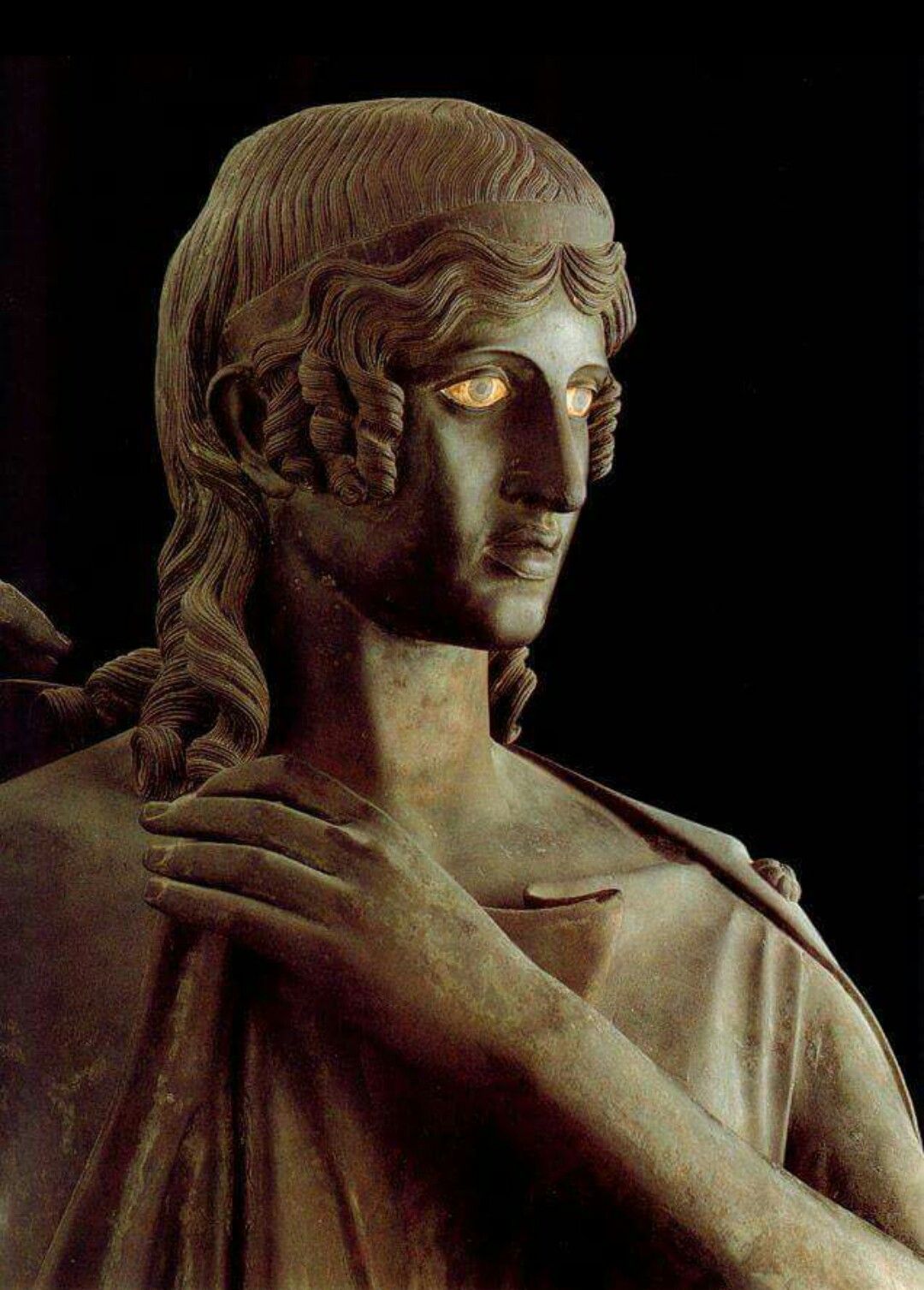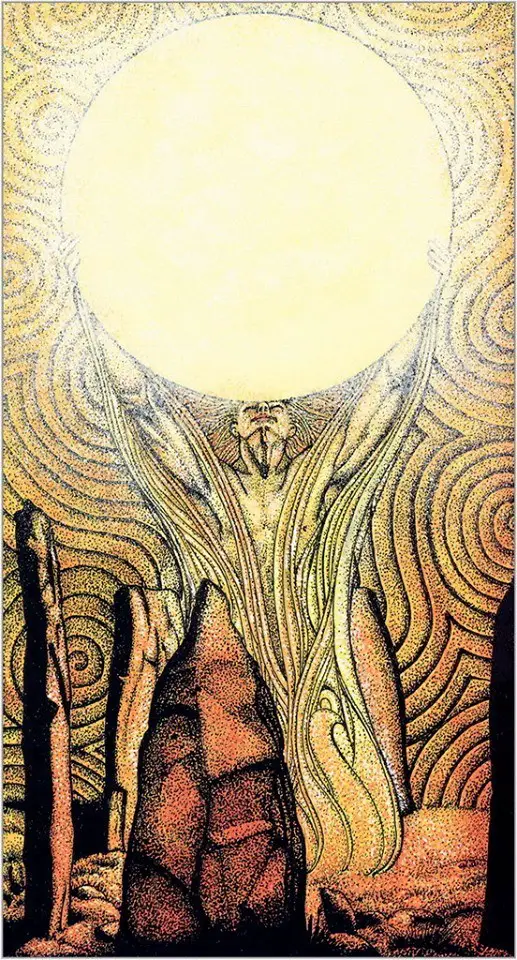Tag: lugh
Apollo the Destroyer: "coincidentia oppositorum" in hyperborean mysticism and eschatology
Although mostly considered in his "luminous" and "uranic" meaning, in the archaic tradition Apollo combines the most extreme dichotomies in his mystical and eschatology: the bow and the lyre, wisdom and "mania", depth and elevation, the catabasis and the journey in spirit to the White Island, the "Fall" of Being and the return of the Golden Age. Starting from ancient sources, we can find similar concepts not only to those of North Asian shamanism and Celtic spirituality, but even to the sacred vision of some modern poets — like Blake, Shelley and Yeats - whose Apollonian chrism will appear clearer to us if we analyze their “Weltanschauung” in the light of the Platonic and Heraclitean doctrines.
Cosmic cycles and time regeneration: immolation rites of the 'King of the Old Year'
di Marco Maculotti
Mircea Eliade wrote that "the main difference between the man of archaic and traditional societies and the man of modern societies, strongly marked by Judeo-Christianity, consists in the fact that the former feels solidarity with the cosmos and cosmic rhythms, while the second is considered in solidarity only with history "[Eliade (1), p.5]. This "cosmic life" is connected to the microcosm by a "structural correspondence of planes arranged in hierarchical order" which "together constitute the universal harmonic law in which man is integrated" [Sanjakdar, p.155].
Archaic man especially took into consideration the solstices and equinoxes, as well as the dates between them: it was believed that in these particular days, which marked the passage from one phase of the cycle to the next of the "wheel of the year", the energy of the cosmos flowed more freely, and therefore they chose such dates to perform their own rituals. Here we are especially interested in certain dates between the Winter Solstice and the Spring Equinox, that is to say the calendar phase in which the Sun appears die: the so-called "solstice crisis" or "winter crisis".




